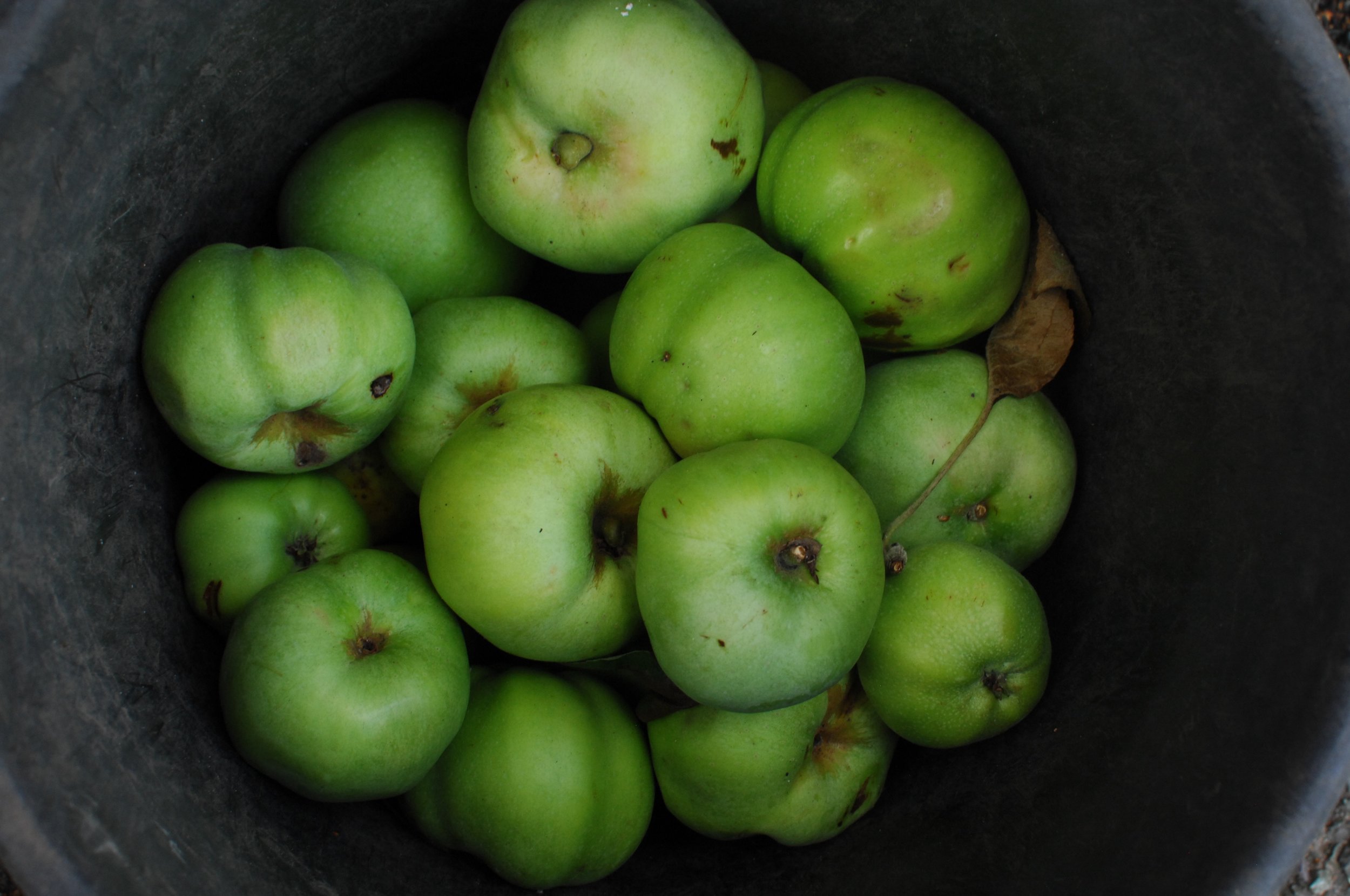Falling, falling… literally and figuratively falling.
In autumn, time falls back, at least on the face of the clock.
When you spend enough time in rural Romania, your soul will fall back in time, as you see the villagers with strong horses pulling carts up to the forests to harvest their firewood, and the few surviving looms being warped once again – maybe for their last time, until the creative renaissance sets in and young people begin weaving hemp and nettle cloth anew.
Now is the time when everything seems to fall into place, and fall out of it at the same time.
Autumn has long held the number one place in my heart for the most enduring and endearing season of all. Until now. Or rather, just this once I am taking the liberty to change my mind.
Fall can be beautifully coloured, as most years it is, but every 40 years or so nature decides on another plan. While not an entirely sinister plot, one can be frightened in a storm if they happen to be caught out in the pounding hail and slapping rain. As fall was just setting in, my husband, daughter and I were happily expecting to spend the first night in our new home as the clouds rolled in, faster than we have ever seen before, sweeping like billowing smoke over the mountain crest.
As we trudged onward in the blinding storm, unable to see or hear each other, we were unaware of the trees falling down around us. In just 20 minutes the wind took its chance, sweeping gates off of their feet and uprooting glorious walnuts and ash, breaking firs clean in half. Clay tiles took their own fate to fall to the earth as well…
The ferocious storm, a reminder of a changing climate and the effects of unconscious consumerism, will remain in our memories for a long time. Just as there have been hurricanes and forest fires this season aplenty, life carries on and after a time everything falls into place once again.
The walnut that fell? Well, that will be firewood for next summer, but at the moment it is feeding us with oyster mushrooms that spontaneously erupted when we lovingly carried it into the wood shed. Life goes on.
Along came the rain, for more than a 24 hour stay, and do you know what appeared in abundance at the bottom of the creek? Clay. Perfect for building, sculpting and playing with. It has been there all along, buried under layers of rocks, now it is accessible for those who need a handful or two for a wood oven repair.
Every time you fall down and pick yourself back up, is a chance to start over. It is the ultimate opportunity for change. Any season, a single day, or a unique experience can tell us that maybe life has a different path in store for us, a challenge if you will. Since life really is about the journey, just follow along and you will find out where you are meant to be, if only for a moment, or many years into the future.
An entire year we have spent now in Breb, Romania and it has perhaps been our most adventurous year yet. We have weathered the storms together, harvested the powerful nutrients from wild herbs, and burnt the alder and beech firewood of local forests for comfort and warmth.
Everything we need in this world is right here, around us and within us.














































